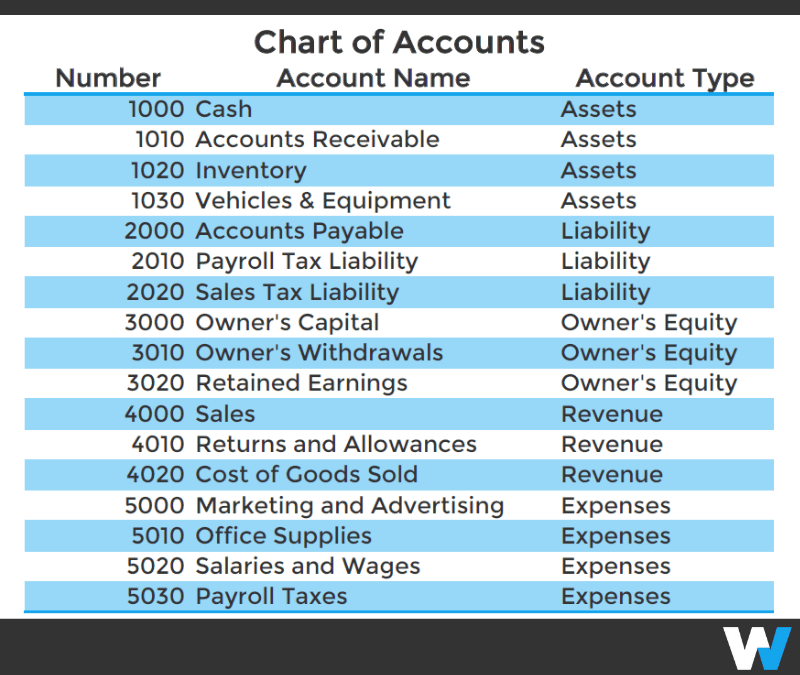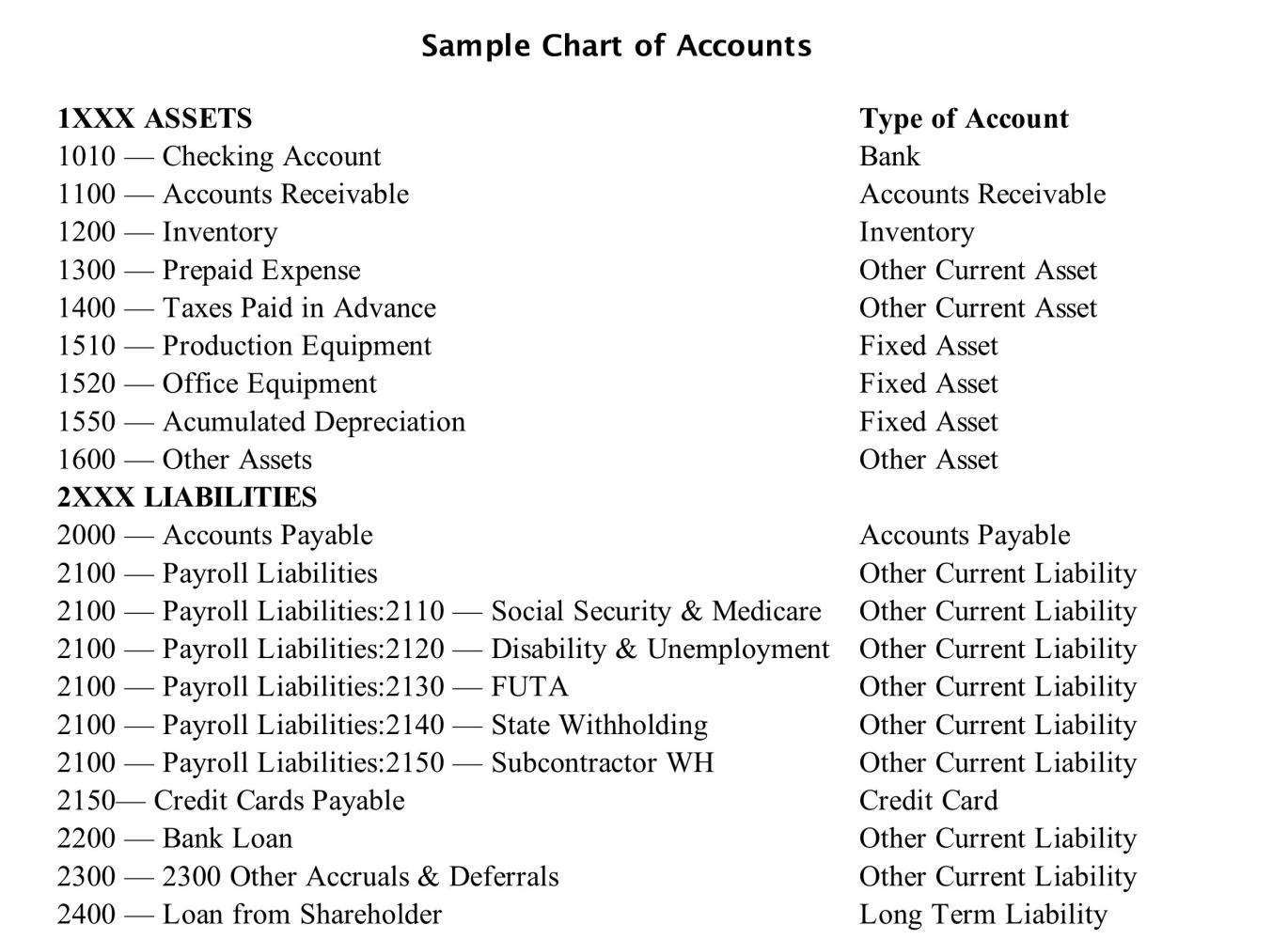
It’s like a filing cabinet with folders for various aspects of a company’s financial operations. Think of it as your financial GPS, guiding you through the labyrinth of revenue, expenses, assets, and liabilities. Small businesses may record hundreds or even thousands of transactions each year.
Chart Of Accounts: Definition, Types And How it Works
Each category will include specific accounts for your business, like a business vehicle that you own would be recorded as an asset account. Every time you add or remove an account from your business, it’s important to record it in your books and your chart of accounts (COA) helps you do that. It is a very important financial tool that organizes a lot of financial transactions in a way that is easy to access. Because transactions are displayed as line items, they can quickly be found and assessed.

Free Course: Understanding Financial Statements
If the business offers manufacturing services to others, a separate revenue account, Manufacturing services, is included to track income from these services. The basic set of accounts is similar for all businesses, regardless of the type, size, or industry. This way, whether you’re setting up restaurant bookkeeping or ecommerce accounting, you follow the standard chart of accounts. The standard chart of accounts requires you to present your finances divided into several groups – accounts – representing various aspects of your business activities. So, when setting up your accounting system, you create the COA in this order.
Creating a Chart of Accounts
The general rule for adding or removing accounts is to add accounts as they come in, but wait until the end of the year or quarter to remove any old accounts. Doing so ensures that accurate comparisons of the company’s finances can be made over time. However, they also must respect the guidelines set out by the Financial Accounting Standards Board (FASB) and generally accepted accounting principles (GAAP).
Streamline your accounting and save time
Yes, each business should have its own Chart of Accounts that outlines the specific account categories and numbers relevant to their operations. For standardization purposes, many industry associations publish recommended charts of accounts for their respective sectors. In addition to the universal general accounts that are prevalent in most entities, each entity will include certain accounts that are particular to its industry sector.
- It should let you make better decisions, give you an accurate snapshot of your company’s financial health, help you create accurate financial statements, and make it easier to follow financial reporting standards.
- This can help you visualize how your chart of accounts translates into formal financial reporting.
- Those could then be broken down further into, e.g., current assets ( ) and current liabilities ( ).
- Each account within the COA is typically assigned a unique identifier, usually a numerical code (see examples below), to facilitate data entry and reporting.
The accounts included in the chart of accounts must be used consistently to prevent clerical or technical errors in the accounting system. QuickBooks Online automatically sets up a chart of accounts for you based on your business, with the option to customise it as needed. The account name is the given title of the business account you’re reporting on, such as bank fees, cash, taxes, etc.
Contra accounts are used to provide a more accurate representation of the related accounts. These Chart of Accounts comply with stringent regulatory standards for reporting and transparency. These standards provide guidelines for financial reporting, including the structure of the COA. The advent of computers in the latter half of the 20th century changed accounting practices. Computerized accounting systems facilitated the creation and management of extensive charts of accounts.
The COA, in this case, might include revenue accounts like Service fees and Consulting revenue to track earnings. An expense account named Professional fees can be added to monitor costs for hiring professionals. Marketing expenses is another expense account to track promotional costs. The COA also includes accounts for online payment systems to monitor digital transactions. To better understand the balance sheet and income statement, you need to first understand the components that make up a chart of accounts. Knowing how to keep your company’s chart organized can make it easier for you to access financial information.
At its core, a chart of accounts is a list of all the individual financial accounts a business uses. At the same time, the government came up with stricter regulations on how they should keep their finances in order. That inspired the idea of having a standardized way of keeping financial records. Organizations began creating their own lists, called charts of accounts, to categorize and organize their financial transactions systematically. This way, it was easier to follow the rules and regulations set by the government.
The specific accounts and their numbering may vary by company, industry, or specific accounting standards adopted. Regular updates to the COA may be necessary to reflect changes in the business how does bidens latest plan to tax the superrich work its more straightforward structure or accounting requirements. Current assets are a company’s possessions it plans to convert into cash or use up within a year, like cash, inventory, and accounts receivable.
In fact, some of the most important financial reports — the balance sheet and income statement — are generated based on data from the COA’s main accounts. A chart of accounts is a small business accounting tool that organizes the essential accounts that comprise your business’s financial statements. Your COA is a useful document that lets you present all the financial information about your business in one place, giving you a clear picture of your company’s financial health. To better understand how this information is typically presented, you may want to review a sample of financial statement. This can help you visualize how your chart of accounts translates into formal financial reporting.
